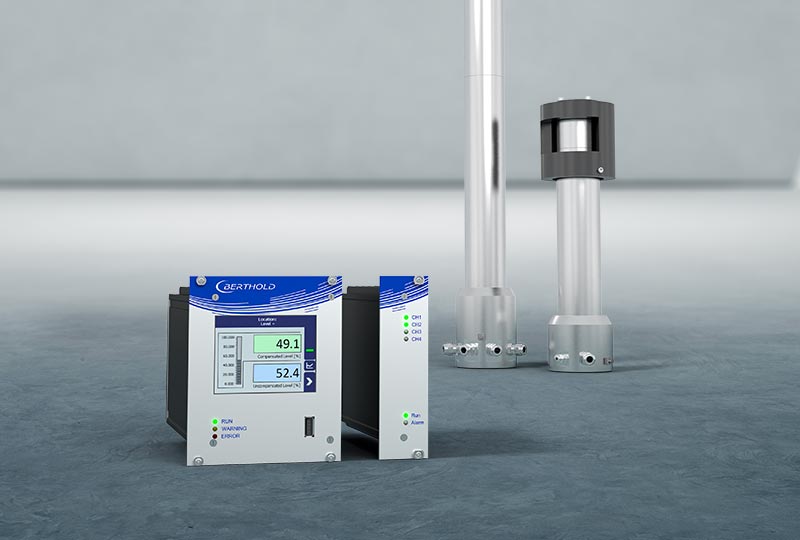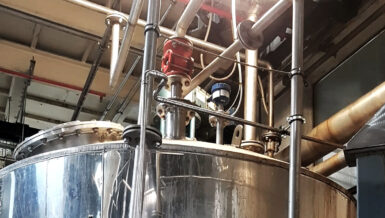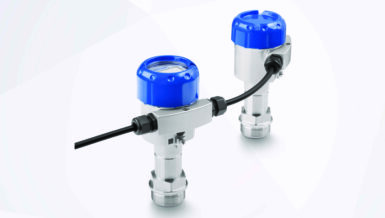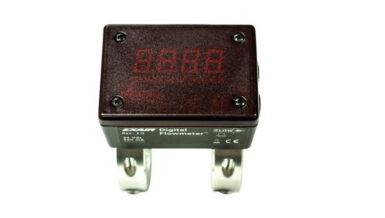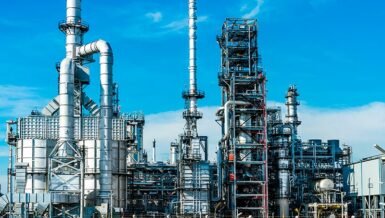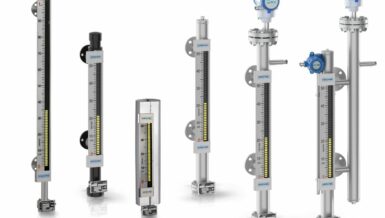Having a reliable level measurement will help optimize processes while increasing uptime. This blog post, part of a Magnetrol® series on interface based on our new white paper, explains how this process optimization can occur.
It should be noted that no matter the technology, optimal installation conditions will assist in maximizing device performance. For instance, when inlet crude oil from a well enters a separator, retention time may be the most important factor to allow for the desired instrumentation performance, and therefore, process optimization. In other words, if the feed comes into a horizontal separator, the optimal installation location of the level measurement device is further away from the inlet (closer to the weir) where separation of the crude and water becomes more uniform. Demulsifiers assist with emulsion breakdown but can be reduced (estimated $1.5-2K USD per ton) when working in concert with reliable interface level measurement.
When device performance is maximized, a tighter control of the top of the emulsion layer is possible. The top of the emulsion is an indicator of water present in oil. With the primary goal of the separator to remove water from the oil, the level measurement can now allow operation closer or further away from the weir to optimize separator efficiency and retention time. If the separator-type is primarily for water storage, with a thin layer of oil on top, then tighter interface control will also provide a more accurate representation of how much water (only) is present in the vessel. This allows improved truck utilization, ensuring full truckloads during water extraction from storage vessels.
This ideal installation may not always be possible on a retrofit, but ideally instrumentation location is taken into account during separator design. What is important to consider in any application, regardless of whether it is interface or total level, is what can occur during upset conditions or startup and shutdown.
Most devices may work fine in normal interface operation; however, reliable measurement is required in those upset cases as well:
- When only one liquid exists (only water or only oil)
- When chamber is flooded (only oil and water – no gas phase exists)
- Multiphase oil, water and gas including overfill prevention
The first industry that comes to mind when discussing interface is upstream oil & gas or exploration and production (E&P). The initial challenges begin at the wellhead separators and resonate through the remaining hydrocarbon streams. Aside from this initial separation, an increasingly influential interface measurement for unconventional plays utilizing hydraulic fracturing is at saltwater disposal (SWD) facilities.
These types of interface challenges exist through midstream tank farms and storage terminals, into downstream boots and desalters at refineries, and even petrochemical quench towers in the quench settlers/quench water separation drums. Wherever they exist, operators must be ready to monitor them with proper level measurement.





